Why Is Iceland So in Love With Licorice?
Isolation, a harsh climate, and decades of candy import bans may have something to do with it.

Step into any Icelandic gas station or grocer and you’ll find at least 75 percent of the candy contains black licorice. Licorice powders, chocolate-covered licorice gummies, licorice-coated raisins, and thick, lava-like licorice sauces lurk behind the glass at local ice cream shops. You can even order licorice soft-serve with licorice hard-shell dip, if that’s your thing.
While the divisive treat has a cult-like following in all of the Nordic countries (there are festivals), Iceland has made a name for itself for combining licorice with chocolate, and for consuming it in quantities that would keep a dentist awake at night. But how did this bizarre black stuff wind up in nearly every candy bar in the land of fire and ice? The roots of its predominance are at once political, epidemiological, horticultural, and economic—chief among them a climate more favorable to glaciers than humans, and decades of restrictions on candy imports.
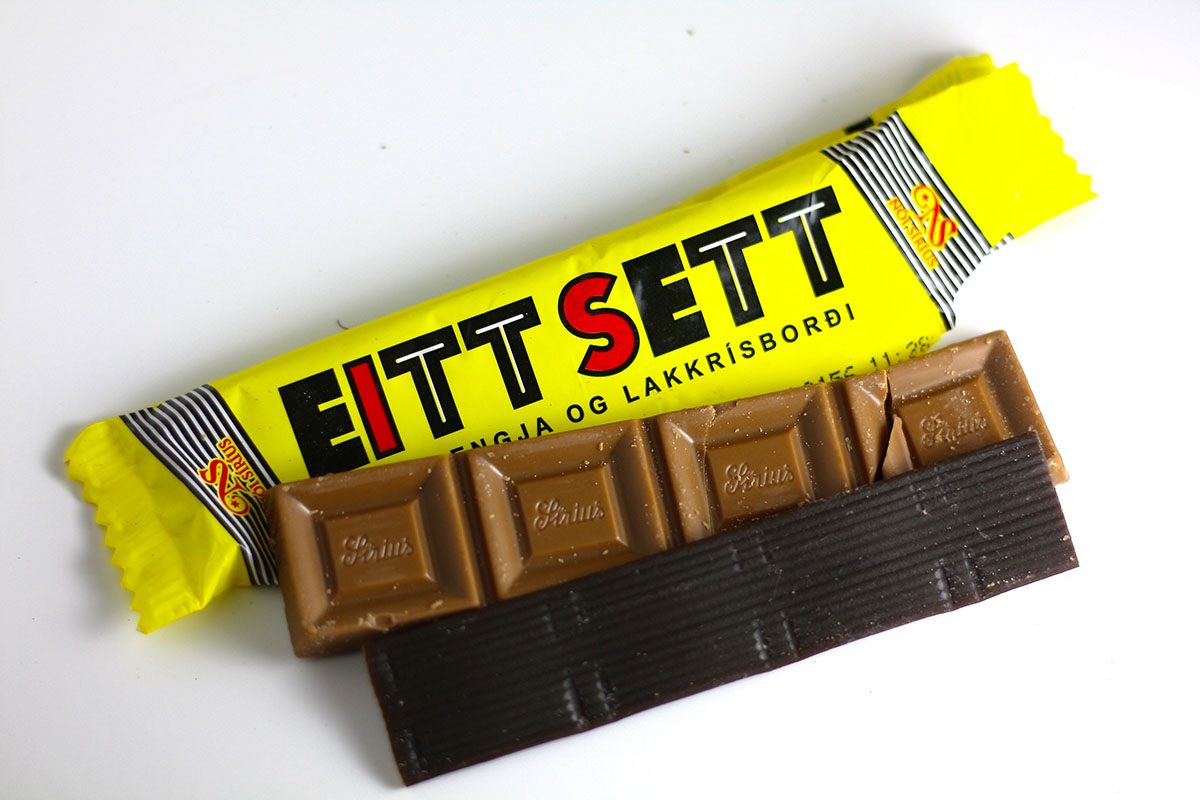
The first settlers to arrive on Iceland’s shores were Scandinavian, and had no shortage of cold-weather expertise. They quickly learned, however, that even hardy winter crops could barely take hold in the volcanic soil, sulphuric waters, and treacherously long winters. Grain was hard to grow, and was abandoned completely during the “little ice age” that began in the 14th century. Icelanders had such a hard time cultivating carbs, they took to buttering dried fish like it was bread and harvesting mosses and seaweed to make up for the dearth of starch.
Flowers and bees couldn’t flourish, so neither could honey. Trading ships had difficulty making it ashore in the icy Atlantic, so imports were unreliable. Licorice, on the other hand, did not need to flower to be viable—the edible portion is the root, which contains a compound 30–50 times sweeter than sucrose. In lieu of other sugar, this flavor began to predominate in the chilly climes of northern Europe, and Icelanders, too, came to rely on its strong flavor to satisfy their cravings.
But it also served functions beyond sugar fix. Considered a highly effective mucokinetic (a drug that clears mucus from the airways), licorice has been relied on by Icelandic pharmacists for centuries to combat the respiratory ailments frequently afflicting inhabitants of the subarctic, perpetually damp island. The pharmacists added it to their bespoke cough syrups and lozenges and served them to everyone from sick children to fishermen—a practice that lasted well into the 20th century, according to Icelandic food journalist Ragnar Egilsson.
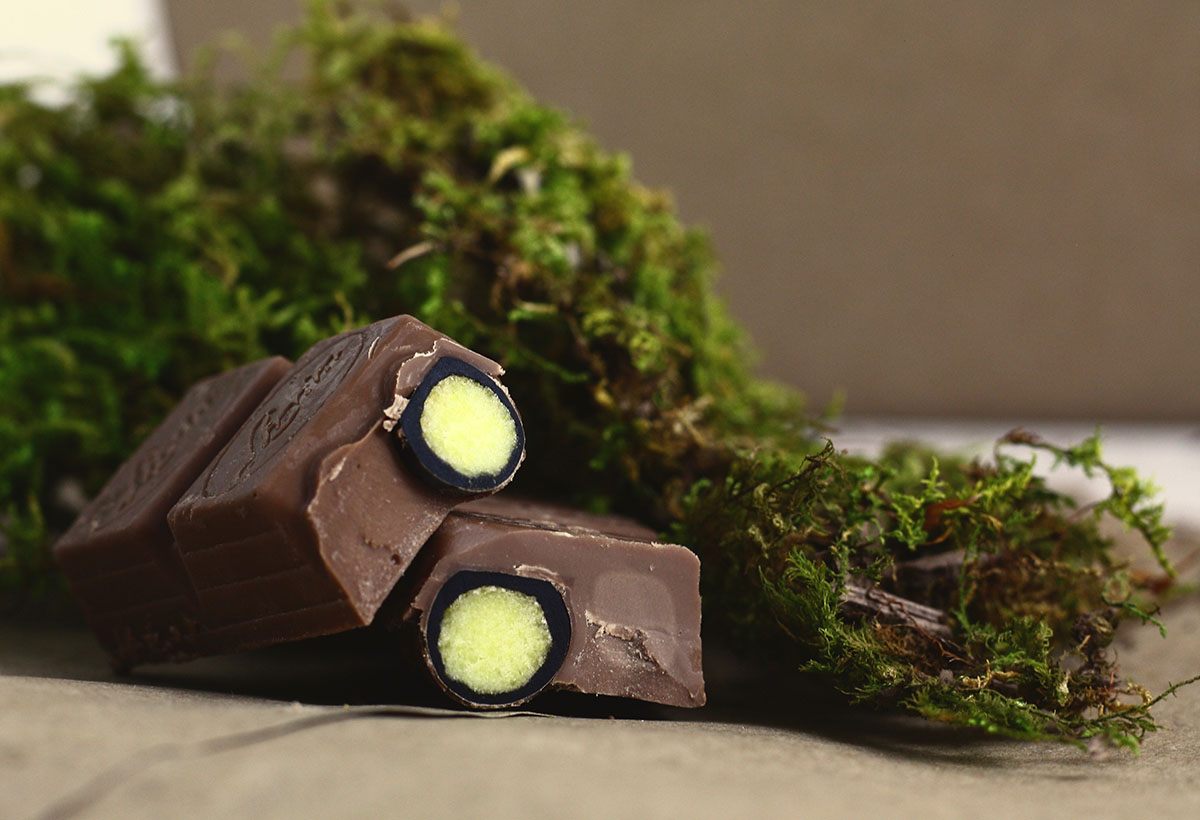
“Back in my youth … the only sweets you would find in the Icelandic apótek [pharmacy] were dextrose tablets with fruit flavor and apótekaralakkris [pharmacy licorice], which were these dense licorice straws with a concentrated licorice flavor,” Egilsson recalled. Nowadays, he says, those straws are used by Icelandic teenagers to slurp up sodas.
The effects of the climate on public health (and the subsequent licorice cures) do not stop there. For centuries, local produce was practically nonexistent and as a result, the bowels of the Icelandic people were in need of some help. Luckily for them, licorice root doesn’t just thin nasal fluids. The plant, found in modern-day aperient teas, is known for its laxative properties, a trait that surely comes in handy in a country where fermented shark carcass and lamb hot dogs are the cuisine de rigueur.
All of this explains why early Icelanders had to seek alternative sweets, but it doesn’t explain why their palates haven’t broadened as international trade has expanded and American candy proliferation has reached near-global saturation. To be fair, Icelanders can pick up American candy at their corner store now, but as recently as the late 1990s this was not the case.

Between 1814 and World War I, Iceland was under Danish control and Icelandic currency was tied to the Danish krone. Iceland was able to procure some imported sweets during this time, and their selection of licorice treats surely multiplied (the Danes are also pretty fond of it).
After WWI, however, Iceland gained independence from Denmark, freeing up its currency and thereby crippling its spending power. The Great Depression followed, with fish (Iceland’s main export) falling victim to global market collapse. To counter this blow to the local economy, imports were restricted, especially in fields where Icelandic alternatives were available.
“The import of meat, dairy products, eggs, baked foods, candy, and many other things was prohibited,” says Icelandic writer and historian Nanna Rögnvaldardóttir. “There was a short period in the 1930s when you could only get apples and oranges if you had a doctor’s prescription for them, and when I was growing up in the 1960s they were mostly a Christmas treat.”
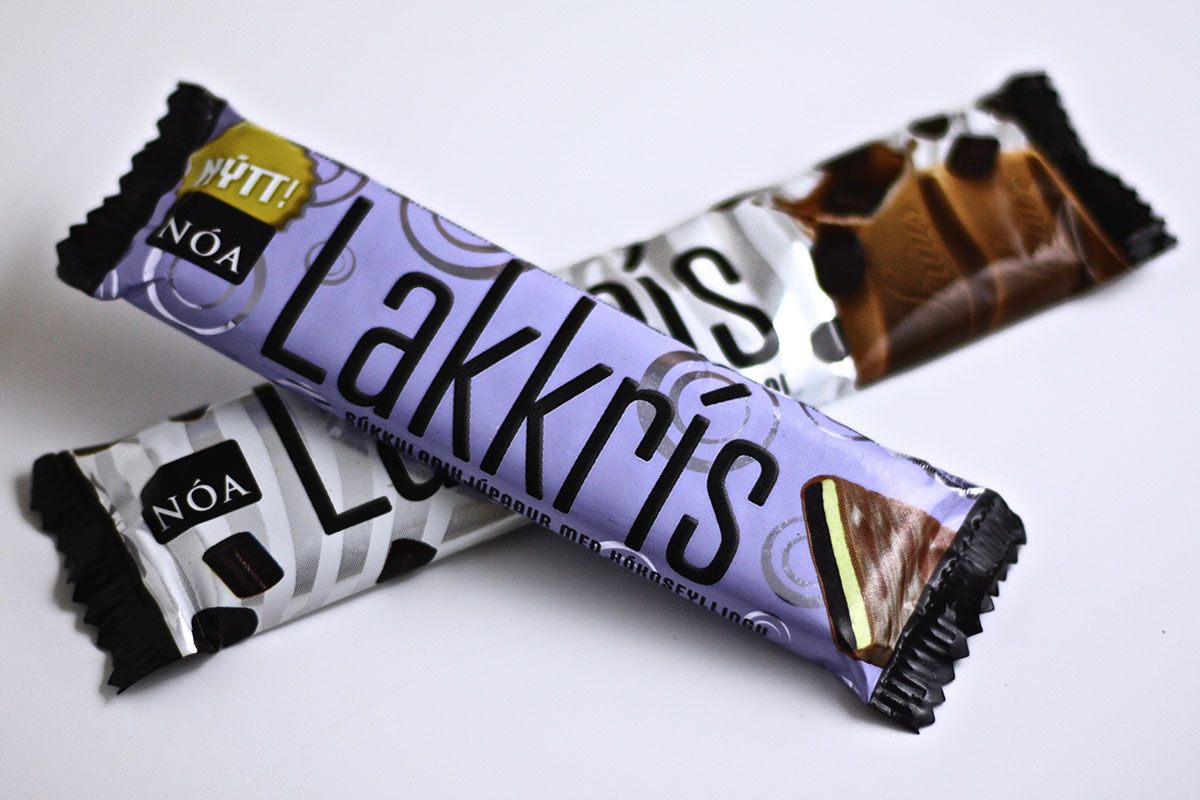
The second World War brought American soldiers to Iceland, and with them opportunities to sidestep these restrictions. The Yanks came bearing snacks, providing reprieve from the local fare—but as soon as the war ended, Iceland fell into a deep deficit and immediately doubled down on the restriction of foreign foods again. Fish exports were recovering from their slump, but a nervous Icelandic government limited what foreign funds brought in by these exports could be used for. Candy wasn’t one of those luxuries, but sugar was, so Icelandic candy factories flourished.
It looked like trade restrictions might finally let up in 1970, when Iceland joined the European Free Trade Association (a trade bloc established for European countries unable to join the European Economic Community). For a brief, sweet moment, Icelandic kids were free to develop a taste for Hershey rather than lakkrits—until the red candy scare came along.
In 1971, Russian researchers at the Moscow Institute of Nutrition published a study claiming that Red Dye No. 2 (in everything from makeup to sausage casings to — you guessed it — candy) posed a carcinogenic risk. Their research was immediately debunked for shoddy methodology, but attempts to recreate the findings in the U.S. produced inconclusive results, prompting a widespread panic. The Food and Drug Administration came under frenzied consumer pressure and removed the dye from its list of safe products, effectively banning it. Despite never having used the suspicious dye, Mars ceased production of red M&Ms and Skittles—that’s how freaked out people were. And in the midst of all this confusion, Iceland sent foreign candies packing once more.
This time, the ban was on Mars products, and lasted until 1998. Isolated once again, Icelanders figured out ways to smuggle in M&Ms and Skittles—the country’s largest supermarket chain once incurred a fine for selling 20,000 bags of M&Ms illegally—but aside from the occasional protest treat, this ban left Icelanders with another 22 years to cultivate their necessity-based love of all things licorice.
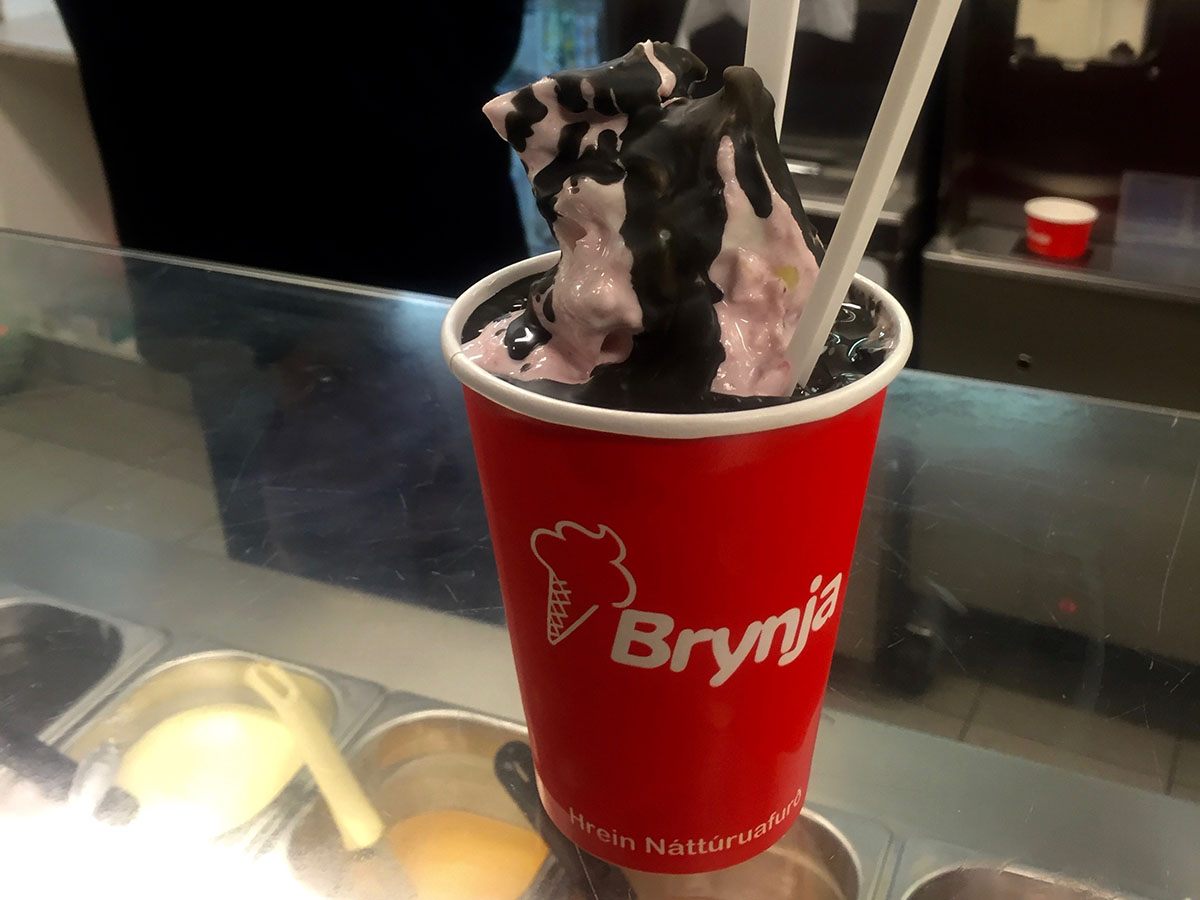
It’s been 20 years since the Mars ban was lifted, long enough for a generation of kids to grow up with a wide variety of international candy options. But with Icelandic candy manufacturers still cranking out licorice bars en masse, we can only assume demand has remained high. So are Icelandic children perhaps just born with a genetic predisposition to the mysterious confection?
According to one Icelandic salt harvester, the country’s people relied on salt for centuries to spice up lackluster food, leading to a compulsive sodium predilection. Others speculate that Icelanders’ preference for strong flavors trickled down from their Viking forebears, who subsisted on pungent fare like pickled sheep heads and whale blubber. There could be truth to both of these ideas—without grains or produce, Icelanders relied heavily on cured, fermented, or dried protein to last the year. Meat soaked for months in a whey brine would definitely teach you to like strong flavors, fast.
But then to what do we owe the current state of things, in which Icelanders of all ages are consuming sweets at higher rates than ever before? Maybe these trends aren’t mutually exclusive. After several lifetimes of stinky fish, brackish whale meat, and an austerity foisted upon them by government and climate, it’s no wonder Icelanders are hitting the sweets hard now. Given their ingrained taste for brine and a newfound insatiable sugar craving, the sweet-and-salty combination found in salty licorice (and chocolate-covered licorice) seems like the most natural progression.
Gastro Obscura covers the world’s most wondrous food and drink.
Sign up for our regular newsletter.






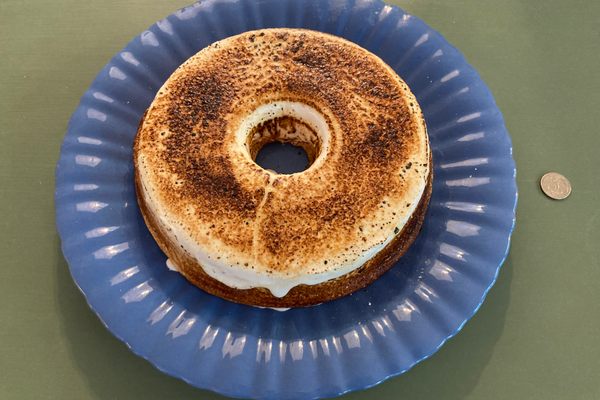

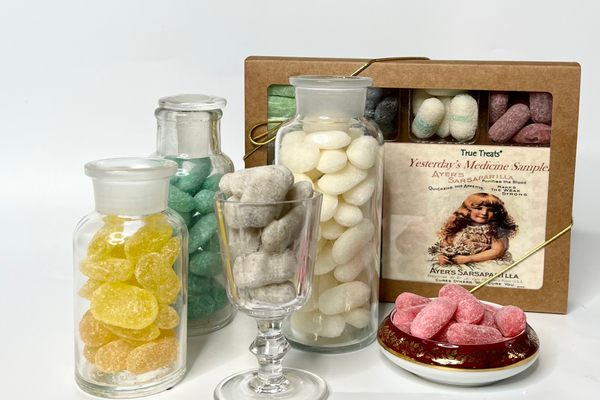










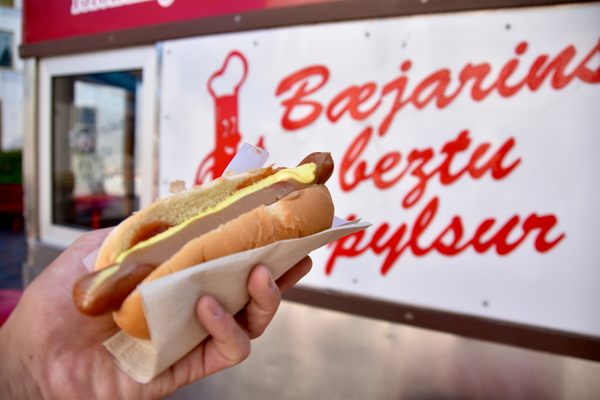





Follow us on Twitter to get the latest on the world's hidden wonders.
Like us on Facebook to get the latest on the world's hidden wonders.
Follow us on Twitter Like us on Facebook